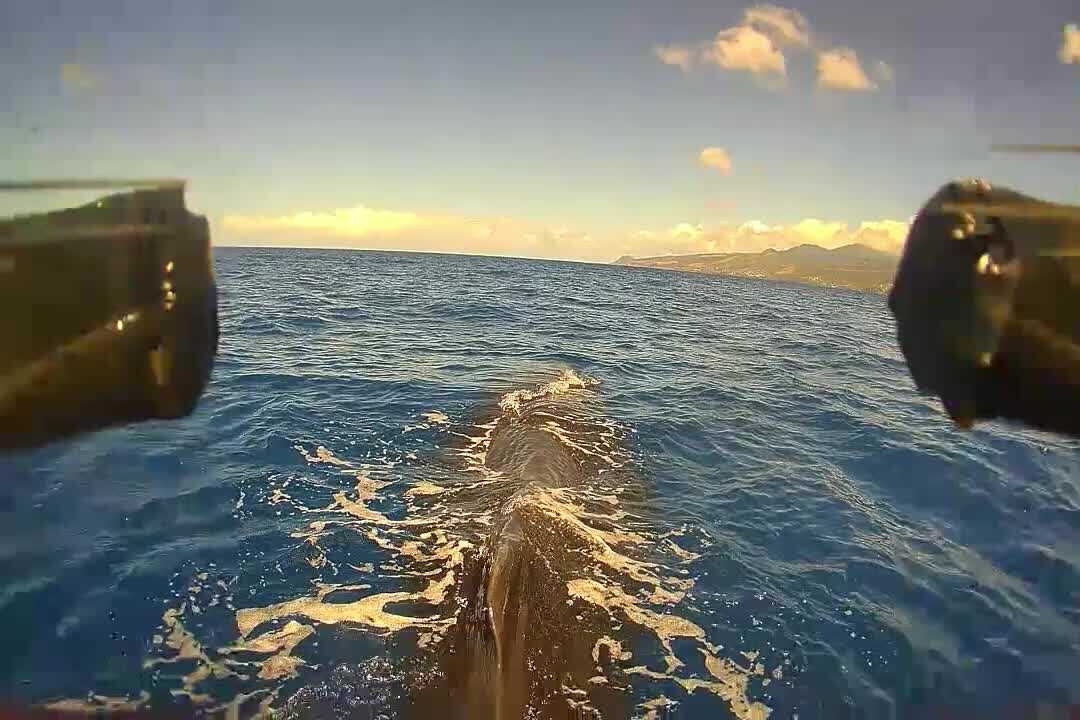Off the coast of Dominica in the Caribbean, researchers deploy a drone that gently presses a specialized sensor against the back of a sperm whale. Unlike traditional methods that drop tags from above, this innovative drone attachment uses suction cups to adhere the device to the whale’s skin, enabling the collection of audio recordings of their communication.
This approach, known as tap-and-go, was detailed in a recent study published in PLOS One. The research highlights the technique’s potential to gather essential scientific data while minimizing disruption to these marine giants.
Jeremy Goldbogen, a marine biologist unaffiliated with the study, described the method as a promising advancement in whale research, emphasizing excitement about such technological innovations.
Traditionally, scientists have relied on attaching tags using long poles from the front of research boats. However, this method often causes stress due to the noise and close proximity of the vessel, and it requires extensive coordination and time, explained Daniel Vogt, a research engineer and lead author of the study.
The tap-and-go drone method offers a faster and less intrusive alternative. "Our goal is to reduce the disturbance to the whales while enhancing the quality of data collected," Vogt noted.
In recent years, the use of drones has transformed marine research by providing aerial perspectives and enabling scientists to identify and measure individual whales, observe their behavior at the surface, and even collect biological samples. By flying through the whales’ exhaled vapor, or “blow,” drones can analyze genetic material, hormones, and microbiomes, offering deeper insights into whale health.


0 Comments
No comments yet. Be the first to comment!